#Platanus occidentalis
Explore tagged Tumblr posts
Text










Looking nice again, after months of flooding
#landscape#landscape photography#nature#nature photography#naturecore#photography#trees#woods#forest#river#river bank#trail#sycamore#platanus#platanus occidentalis#eastern red cedar#juniper#juniperus#juniperus virginiana#march#spring#floyds fork#kentucky
48 notes
·
View notes
Text



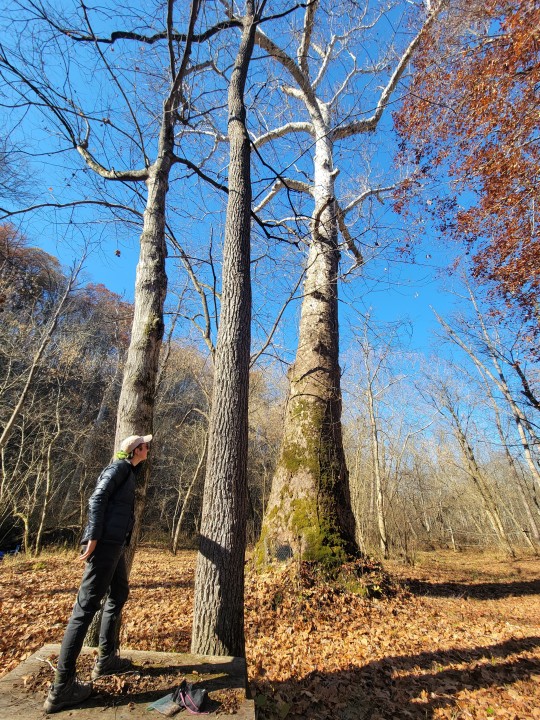
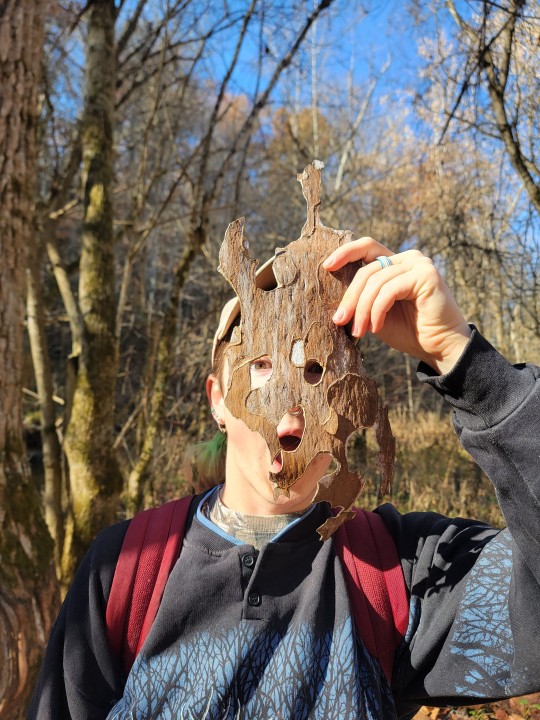
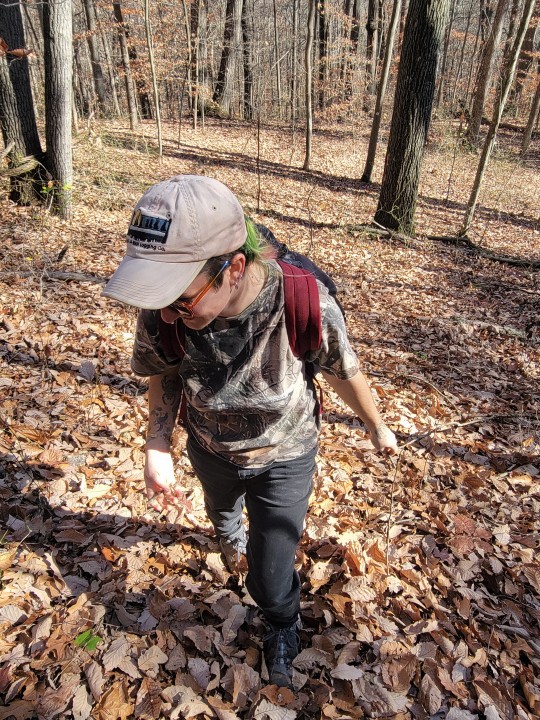
American sycamore, "lucy braun sycamore" Fort Hill SNP, Adams co. OHIO. 110 ft tall, single stem, 95 dbh , Jaden for scale. Platanus occidentalis
155 notes
·
View notes
Text

Plant Profile: American Sycamore - Platanus occidentalis
No hot summer day at the creek would truly feel right without the solid white trunks of this wonderful species clinging to eroded banks. I've covered American Sycamore before but with winter coming it's the perfect time to spot their ghostly branches

The American Sycamore is a resilient fast growing yet strong wooded river's edge tree that can reach staggering sizes. The tree itself is easily recognized for its flakey bark that turns solid white as it stretches up into the branches with browns/greys/green splotches throughout. Sometimes called Buttonwood for it's seed ball fruit which are present throughout the winter, inside is full of fuzzy windblown seeds; as a kid I didn't know this and used to plant the balls in the ground whole, I never got a tree from it. The leaves are palmate, maple-like, typically more solid form yet a little pointed, staying light green and changing to a vibrant orange in the fall. These leaves can reach comically large sizes (See my hand compared to one below) and are also one of the preferred food sources for riverine invertebrates. The flowers are similar to the fruit, essentially rounded balls usually reddish in color which can be either male (erect stalks) or female (lax stalks) on the same tree.

P. orientalis (Aka Old World Sycamore) and London Plane (a horticultural hybrid between both species P. occidentalis × P. orientalis) are the closest trees visually to American Sycamore. If you're in the American east you won't really see the Eurasian Old World Sycamore, it's a Mediterranean species, you'll see London plane which usually has more shades of dull grey/tan brown/yellows in the bark (see image 4 below). Leaves of the London Plane are smoother, more distinct and flatter where the stem connects to the leaf (it looks like a norway maple leaf), P. occidentalis has its bottom two pinates stick out more at a sharper angle making the stem look further centered in the leaf (Image 3 above). Lastly the London Plane and Old World Sycamore usually have seed balls that come in pairs (just like us!) while American Sycamore has solitary fruit.

Native to the Eastern United States, the American Sycamore has a very large natural range. Reaching it's Northern most extent at the northern border of Massachusetts west to the Missouri River in Omaha, South to East Texas into San Antonio with a southeastern most range in (barely) Northern Florida. This tree is most commonly found in riparian zones or on alluvial river banks, best known throughout the Piedmont, sometimes in locations or elevations one would not expect. I've spotted it in Appalachia in Georgia and the Adirondacks of New York, on mountaintops in Pennsylvania and in Texas valleys, it can also grow as far south as Mexico.
In the many cities, Sycamore and the more common London plane (shown on a West Philadelphia street Image 5 below) grow so large they choke the sidewalk and cover our avenues. It can be tolerant of salt, drought, heat, and flooding. It has characteristics of early successional floodplain species without the weak wooded downsides. Sycamore grows fast, lives long and reach massive proportions (Image 6 is the largest Sycamore in CT, image by Marty Aligata) it's not unusual to find giants on historic colonial properties.


Culturally I can think of no better tree that captures that homey feeling of southern Pennsylvania better than a Sycamore. Those twisting shallow streams framed by massive pale branches dotted with lime green leaves floating gently in a humid breeze. Famed painter Andrew Wyeth in his painting "Pennsylvania Landscape" thought of no better tree to represent this better than our Sycamore, though he called it 'Buttonwood'. (Image 7 below courtesy of the Brandywine art museum) Most of my images come from the same Brandywine river of which the Wyeths based their studio (I liked hiking in Chester county).

Ecology: The American Sycamore is rather important within it's range, the root systems often prevent erosion along stream banks (see Image 1). The tree serves as nesting/dens for a variety of bird and mammals species as interior cavities are common on living trees. The tree is host to multiple moth species. The fallen leaves of American sycamore are some of the more common food sources for stream based invertebrates, second only to American ash species (Fraxinus) which have a low tannin leaf content.

Sycamore are often a pioneer species on disturbed floodplain sites, however, it will not disappear from these communities like typical early succession species as it can live an extremely long lifespan. The fast growth capabilities allow it to survive into later stages of succession and will outlive any competition. It has the third fasted growth rates of any eastern species, loosing only to Cottonwood and Black willow (both short-lived). Older Sycamores can grow massive, develop multiple trunks, grow sideways, and survive getting hit by a house in flood waters (Image 8 above along the Brandywine). I really can't emphasize enough this tree is a survivor.
In Appalachia studies have shown that Sycamore may be a useful species to grow in reclaimed coal mining sites due to its low leaf browse and growth rates (doi.org/10.1016/j.foreco.2010.11.018). Unfortunately the tree tends to also capture a lot of heavy metals in its leaf content.

Uses: Primary commercial uses for sycamore are for pulpwood, veneer, and butcher blocks. I was told as a scout that you can drink the sap as purified water in an emergency however I've seen people do this with cottonwoods and vomit, so I won't recommend. My indigenous peers don't have sycamore where they live so I have nothing to report on Indigenous relationships which I typically cover. This may be because the wood also rots easily, it is not edible and so its uses are limited.
Propagation: American Sycamore is super easy to propagate, In late autumn after leaf fall try to take a cutting from a young branch and place it in the ground. They can take without rooting hormone and can easily grow to 6' in a few years. The seeds are also reliable but have lower viability.

Landscape Value: I've beat to death the point that I love this tree and it will remain beautiful for centuries likely outliving us all. Sycamore has excellent form (image 9) and fast hardy growth, but has three suburban downsides: it can displace sidewalk, its shedding bark, and introduced disease. Plane Anthracnose Disease, a European pathogen, is affecting this species in the Northern portion of it's range. This won't often kill a sycamore but will form unsightly defoliation and cankers causing a 'witches broom' cluster of new growth branches. Londonplane is resistant to this disease however it does not have the same ecological value to the lower area of the food chain. This however has caused the American sycamore to become less common in nurseries.
So this has been my piece on the American Sycamore, look around your rivers and streams for those distinct white branches, pick up a sapling if you want a fast growing hardy native. Happy hunting :)
#American sycamore#plant profiles#Platanus occidentalis#buttonwood#native plants of the eastern US#Plane tree
15 notes
·
View notes
Text



12 notes
·
View notes
Photo

Small sycamore leaf from the Hockhocking-Adena bike path in Athens Ohio. 2023. Available.
14 notes
·
View notes
Note
Oh if you like Big Trees have you seen sycamores (Platanus occidentalis)? They have the largest diameter of any tree on the east coast of North America - tulip trees also get pretty big and tall but they're fast growers so they don't live as long as oaks and sycamores.
-🌳
THE BIG ONES ARE PERFECT, ARE YOU KIDDING ME


4 notes
·
View notes
Text


American sycamore (Platanus occidentalis).
1 note
·
View note
Text
Sycamore Trees in Texas: Beautiful Texan Trees With White Bark
Sycamore trees, recognized for their striking white bark, are a prominent feature in the Texan landscape. These large deciduous trees are more than just visually appealing; they hold an ecological and aesthetic significance in various regions across the state. The American Sycamore, scientifically known as Platanus occidentalis, is especially valued in central Texas, as recommended by the City…

View On WordPress
0 notes
Text


The colors on this fallen sycamore trunk 🎨
#landscape#landscape photography#nature#nature photography#naturecore#photography#trees#woods#forest#sycamore#plane tree#platanus#platanus occidentalis#spring#march#april#kentucky
20 notes
·
View notes
Text
1 note
·
View note
Text
They are different species! The tree we call sycamore here in the UK is Acer pseudoplatanus, while if I’m not mistaken the tree that Americans call sycamore is Platanus occidentalis. It’ll still probably resprout, though, sycamores coppice easily
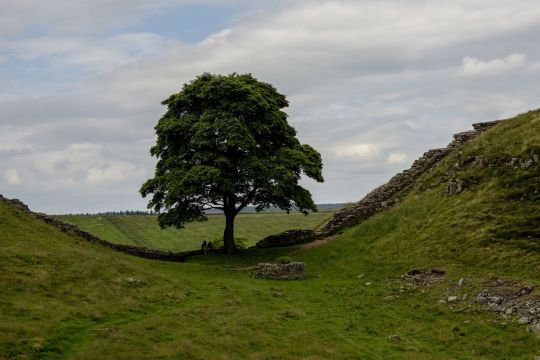
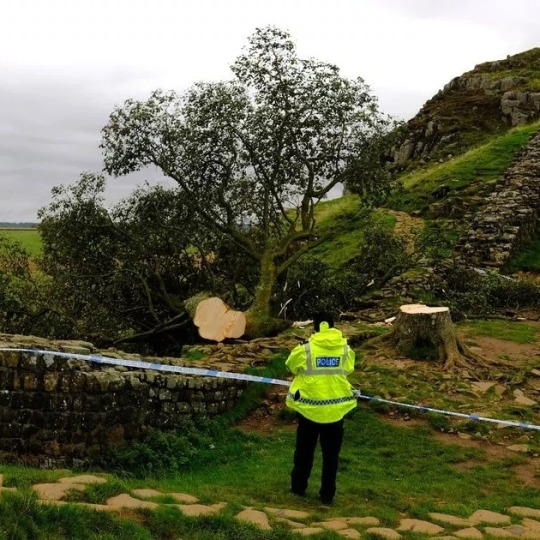
So shocked and upset to learn that our Sycamore Gap tree was deliberately and illegally felled through the night.
(Images: Craig Connor/Newcastle Chronicle and Andre Poling/ullstein bild/Getty Images).
#sorry for rambling at you but I might as well use my unfinished degree for something#incidentally it was most likely introduced to the uk around the 1500s#so was definitely not around when Robin Hood was set sorry Kevin Costner
2K notes
·
View notes
Text


WOO yeah trees!
#trees#American sycamore#Platanus occidentalis#white pine#pinus strobus#eastern white pine#treecore#naturecore#spring#spring aesthetic#closecore#nature#plants#plantcore#flora#suburbcore#suburbs#pretty#green#my photography#photography#green aesthetic#tree aesthetic
25 notes
·
View notes
Text


Today's Native plant of the day is The American Sycamore Platanus occidentalis
The American Sycamore is frequently found in bottomlands, riparian zones, and floodplains throughout the eastern US and parts of Mexico. The most common trait of the tree is the peeling white bark in the upper branches, which is visible in image #2. These trees can reach massive proportions and heights with some of the largest recorded being 13ft in diameter and 180 ft tall. The Sycamore is most commonly referred to as buttonwood due to the button-bush like fruit produced by the tree itself. The American Sycamore is often confused with the Londonplane which is a hybrid of the old world Sycamore and common street tree used in cities, although those produce fruits in clusters of two while ours produces only in singles.
I like to make note of the wild shape of the trunk in picture #1, these trees are incredibly resilient when growing in ideal conditions, for example along the Brandywine Creek in Pennsylvania. They are truly beautiful trees, especially in fall.
8 notes
·
View notes
Photo

The first Big Leaf a Day drawing to become a printed poster: sycamore from the Hockhocking-Adena Bikeway in Athens, Ohio
12 notes
·
View notes
Photo

I was out in the woods today.
3 notes
·
View notes